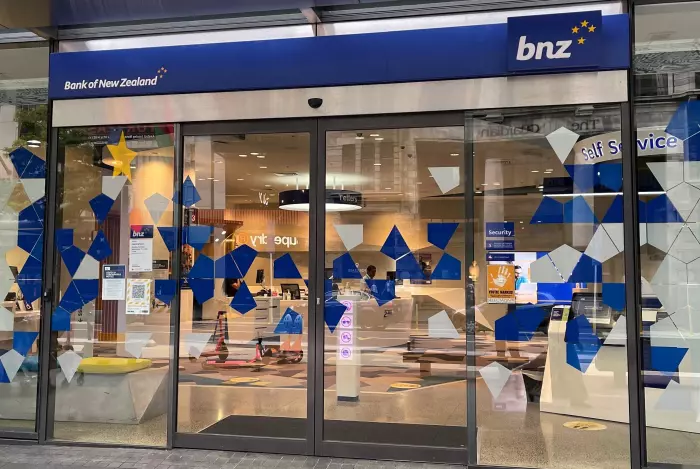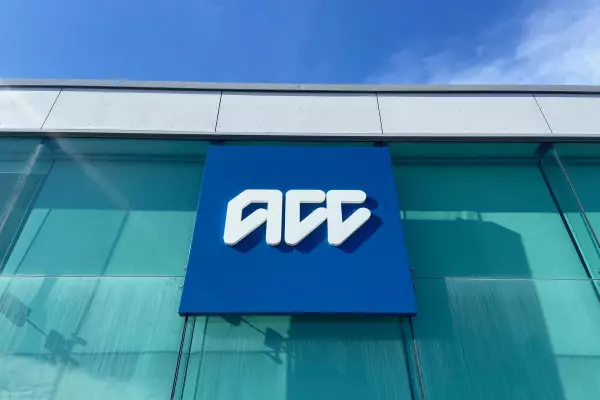The Bank of New Zealand has become Microsoft’s second major data centre customer in New Zealand, following Fonterra signing up last July.
Microsoft has not yet confirmed precisely when the Auckland data centre will be launched despite announcing its plans in May 2020. The current estimate is for the end of 2022 and the company said it will help BNZ create a custom cloud set up before it migrates it to the new data centre.
The deal means BNZ will undergo its biggest ever technical migration, moving more than 1,000 of its business and consumer-facing applications to Microsoft’s Azure cloud platform over three years.
“This gives us the ability to move way more aggressively into the cloud,” BNZ executive general manager Russell Jones told BusinessDesk. He said the deal was part of parent group National Australia Bank’s - NAB - three-year plan to migrate its backend to the cloud.
While there are physical data centres located in NZ, Microsoft is the first among the large global cloud players to confirm plans for an onshore operation, before rivals Amazon, Google and Oracle.
Data residency
Storing sensitive data in offshore data centres can lead to data sovereignty issues, sometimes referred to as data residency. For example, in 2019 the NZ government delayed moving to Microsoft 365 services as it would involve government data being stored in an Australian data centre.
Microsoft was clear it is data residency – the storing of customer data within local borders – its new data centre in NZ will provide.
“It’s about getting the settings right between governance and innovation,” BNZ's Jones said.
“Currently we’re performing much of the physical admin of overseeing multiple data centre operations ourselves, as well as regular security patching. Now our in-house IT teams will be able to focus much more on delivering and deploying new products to market.”
Jones said an onshore data centre would also mean less hesitancy about migrating certain applications to the cloud. There are some apps “we would be less comfortable moving into the cloud when it’s offshore, or our regulator would be less comfortable about them moving.”
He said having BNZ's cloud systems onshore would also improve latency - the time delay between user action and an application's response - that often dogs financial institutions’ legacy systems. It would also allow the firm to deploy new and updated features to customers and employees far faster.
Evolution
Microsoft NZ managing director Vanessa Sorenson told BusinessDesk the local data centre operation is on track to being Microsoft’s most environmentally friendly in the world.
“New Zealand can become the digital nation the rest of the world looks up to," she said. "We can’t wait to accelerate jobs for the future by upskilling and reskilling Kiwis with what we’re building."
“Bloody exciting time,” she added.
Microsoft said the announcement is the latest part of a five-year plan with NAB and BNZ to fully develop what it calls “a multi-cloud ecosystem underpinned by Azure.”
Multi-cloud architectures are those where companies use products and services from different cloud providers depending on their technological needs. This is in the interests of market parity, but it is often necessary for large firms for their cloud systems to remain versatile in the long term.
“We do some work with the other guys - an important part of our strategy is to avoid supplier lock-in,” BNZ's Jones said.
“We have to manage that, as does the regulator.”
Sorenson said the scalability of a local cloud service will allow BNZ to “consolidate all the innovations it’s already made in digital banking and take advantage of what will be almost limitless capacity”.
There is a significant cost-efficiency attached to cloud services that can flexibly scale according to demand.
This article has been updated to state more than 1,000 applications will be moved in the migration, not 100 as previously stated.















